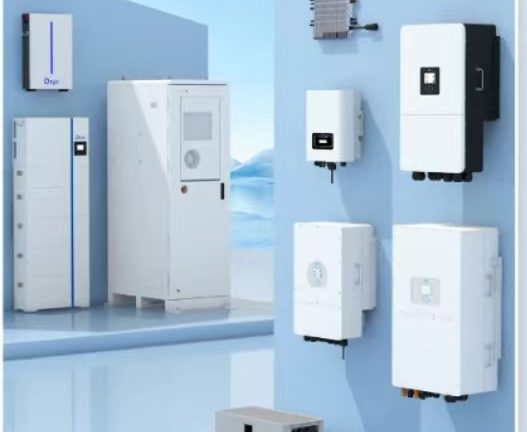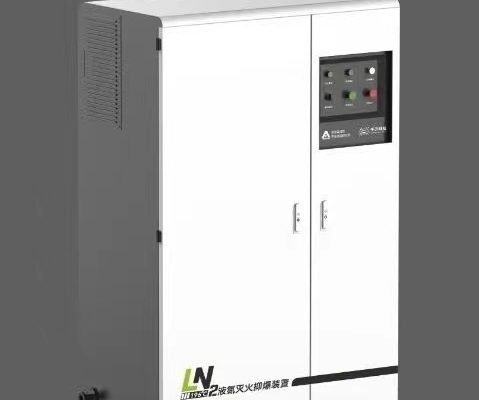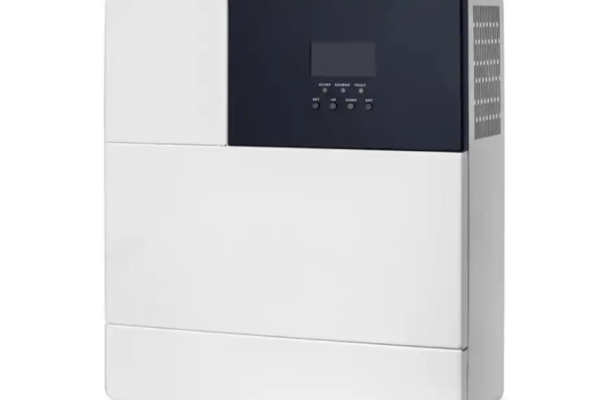Balancing Solar, Battery, and Inverter for Real-World Performance
For residential customers, a hybrid PV+storage system offers energy independence, lower utility bills, and backup power. But these benefits can only be achieved when the system is sized correctly — not overbuilt and not underperforming.
As a small installer or international exporter, learning to size hybrid systems properly can reduce troubleshooting, improve customer satisfaction, and increase long-term performance.
What Does “Sizing” a Hybrid System Mean?
Sizing a hybrid system involves determining the optimal capacity of the solar array, battery bank, and inverter to meet a home’s energy needs, within a customer’s budget and local conditions.
Key sizing targets:
- PV size (kWp): How much energy to generate
- Battery capacity (kWh): How much energy to store
- Inverter rating (kW): How much load the system can handle at once
Step 1: Understand the Client’s Energy Profile
Ask the client (or check utility bills):
- Monthly energy consumption (kWh)
- Daily peak load (kW)
- Nighttime vs daytime usage
- Appliances they want to back up (e.g., lights vs. air conditioners)
- Grid status: Is grid reliable, or are outages frequent?
A typical household might consume 10–20 kWh/day, with peaks of 3–6 kW during cooking or AC usage.
Step 2: Size the PV Array
The solar array should cover most or all of the client’s daily energy use, with extra margin if they want to charge a battery or export to the grid.
Formula:
PV Array Size (kWp) = Daily energy demand (kWh) ÷ Average sun hours
Example:
A home uses 15 kWh/day and gets 5 sun hours/day →
15 ÷ 5 = 3 kWp system
Add 10–20% margin if battery charging or partial off-grid use is planned.
Step 3: Size the Battery
Battery capacity depends on how much energy the client wants to use after sunset or during blackouts.
Common strategies:
- 1-day backup: Match battery size to daily usage (e.g., 10–15 kWh)
- Nighttime-only: Battery covers 40–60% of daily load
- Partial backup: Only essential loads (lights, WiFi, fridge), typically 3–5 kWh
Example Battery Sizing:
| Use Case | Suggested Battery Size |
|---|---|
| Full-day backup | 10–15 kWh |
| Nighttime-only | 5–8 kWh |
| Critical loads only | 3–5 kWh |
Note: Use lithium batteries with high DoD (depth of discharge) for better efficiency.
Step 4: Size the Hybrid Inverter
The inverter should match or slightly exceed the home’s maximum power demand, not just the PV or battery size.
Tips:
- Peak load matters more than total daily use
- AC units, pumps, ovens cause sudden spikes → size for surge capacity
- Match inverter voltage to battery system (e.g., 48V system = 48V inverter)
Example:
If peak loads total 4.5 kW, choose a 5 kW hybrid inverter with surge handling of 6–8 kW.
Step 5: Ensure System Balance and Compatibility
Make sure all components are compatible:
- Battery supports inverter brand (CAN/RS485 communication)
- Inverter supports charging from both PV and grid
- PV input matches inverter MPPT voltage range
- Correct breakers, cable sizes, and protections are used
Common Pitfalls to Avoid
- 🔻 Undersized battery: System shuts down early at night
- 🔺 Oversized inverter: Wastes money, runs inefficiently under light loads
- ⚡ Inverter doesn’t support local grid voltage or frequency
- 🔌 Poor backup design: Non-essential loads drain battery too fast
Optional: Offer Scalable Systems
Clients may want to start small and expand later. Offer:
- Modular batteries
- Hybrid inverters with higher PV capacity than initial array
- Monitoring tools to help customers track usage and decide when to upgrade
Sizing a hybrid residential system is part science, part experience. You must balance cost, performance, and local needs. By understanding your customer’s habits and using the right formulas, you can build systems that deliver energy savings, backup reliability, and strong return on investment.









